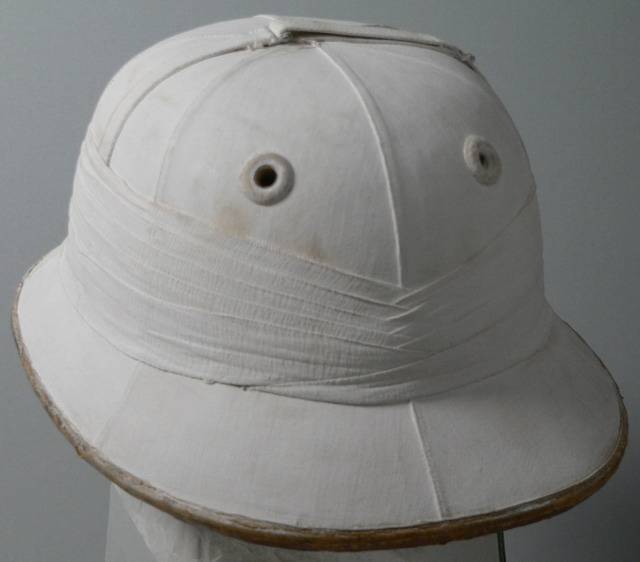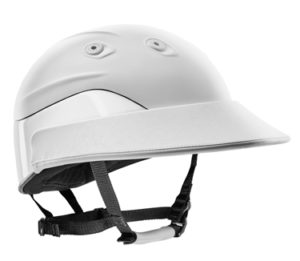With the current “controversy” surrounding helmetgate raging in the UK, social media is ablaze with conflicting opinions. After 3 players on one of the teams competing in the Prince of Wales Cup at the Royal Berkshire Polo Club took to the field in non-compliant helmets, the issue surrounding polo helmets, their safety, and the rights of associations to mandate their use, versus the rights of the individual to sport their chosen headwear, has been brought into sharp focus. This topic, it seems, has the ability to stir up vitriol on all sides of the argument like very few in polo.
In order to understand the intricacies of the issue it is helpful to know exactly what the rules in question are.
In previous years the rule in the HPA rulebook regarding helmets read as follows;
3. PLAYERS EQUIPMENT
- No one shall be allowed to play polo unless they are wearing protective headgear with the
chinstrap or harness correctly fastened.
This was updated this year to read;
2.3 PLAYERS EQUIPMENT.
a. Helmets. Polo helmets must always be worn during play and must be type approved to the standard PAS015:1998 or PAS015:2011 with CE mark (type approval must be performed by a UK headquartered Noted Body for Personal Protective Equipment), SNELL E2001, VG1 01.040 2014-12, or UTAC/CRITT 04/2015 and any newer version of the same standard, including EN1384:2017.
On the HPA website the following list of approved helmets is also included
List of approved helmets 4.5.2018
|
Manufacturer |
Model |
Standard |
|
Charles Owen |
Palermo Polo |
PAS015:2011 and VG1 01.040-2014 |
|
Charles Owen |
Polo Edition |
PAS015:2011 and VG1 01.040-2014 |
|
Charles Owen |
Young Rider Polo |
PAS015:2011 and VG1 01.040-2014 |
|
Armis |
Armis |
PAS015:2011 and VG1 01.040-2014 |
|
GPA |
Speed Air/X2 |
UTAC/CRITT 04/2015 |
|
Instinct Polo |
Instinct |
PAS015:2011 |
|
KEP Italia |
Cromo* |
PAS015:2011 and VG1 01.040-2014 |
|
Samshield |
Shadowmatt* or Premium* with Polo Visor |
PAS015:2011 and EN1384:2017 |
The decision of the HPA to mandate the use of approved helmets has brought polo in line with the horse racing industry in Britain. On the surface, it seems like a sensible decision made by those tasked with administering the game. Making it compulsory to wear the safest and most effective helmets available on the market, that meet stringent safety standards, is surely hard to argue against. Not so, say opponents of the move, many of whom contend that while these helmets are proven in the lab, they lack real-world testing and data to support those claims.
Many of those opponents also claim that any effort to enforce the ruling by the HPA would require that the governing body assume responsibility and liability for any injuries arising as a result of an accident while wearing an approved helmet. Some cynically point out the convenient link between most approved helmets being made in the UK and the HPA being adamant about adopting this new rule.
The financial implications are not to be scoffed at either. The new technology doesn’t come cheap – with options on the list ranging from $390 (USD) at the low-end, to well in excess of $900 (for a fully customized and personalized model), at the top end of the scale. For a family with 4 or 5 players involved in the sport, or a polo school, the outlay can be considerable. Bell Racing Helmets famously addressed this very issue in an advertising campaign some years back stating “If you have a $10 head…buy a $10 helmet.”
No doubt many players and administrators Stateside are looking on with interest to see how this will play out, given the implementation of helmet standards is slated for June 1, 2020 in all USPA sanctioned events.
To see more about what’s going on in the world of polo visit https://polozone.com





I believe the helmet with a chin strap is much safer